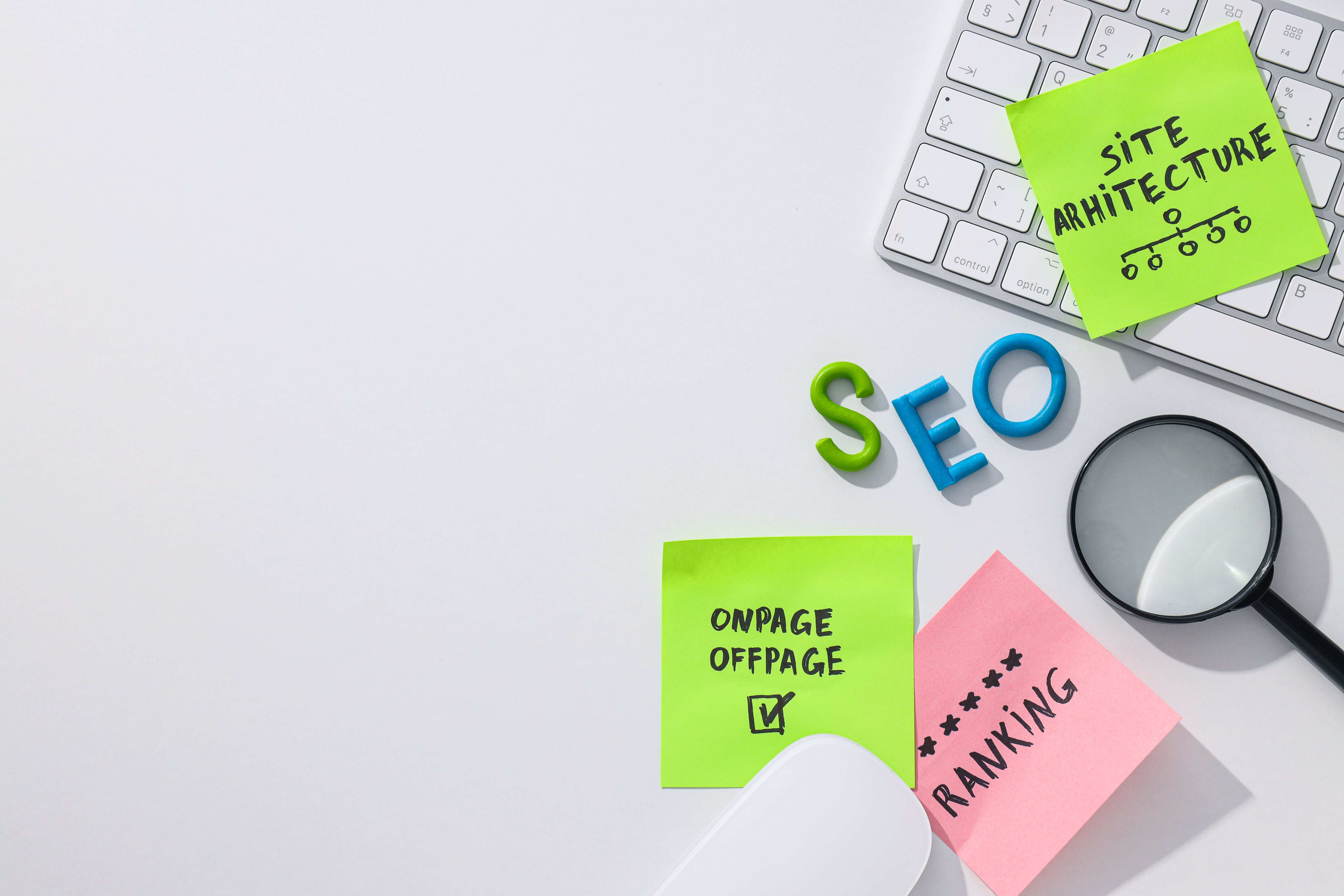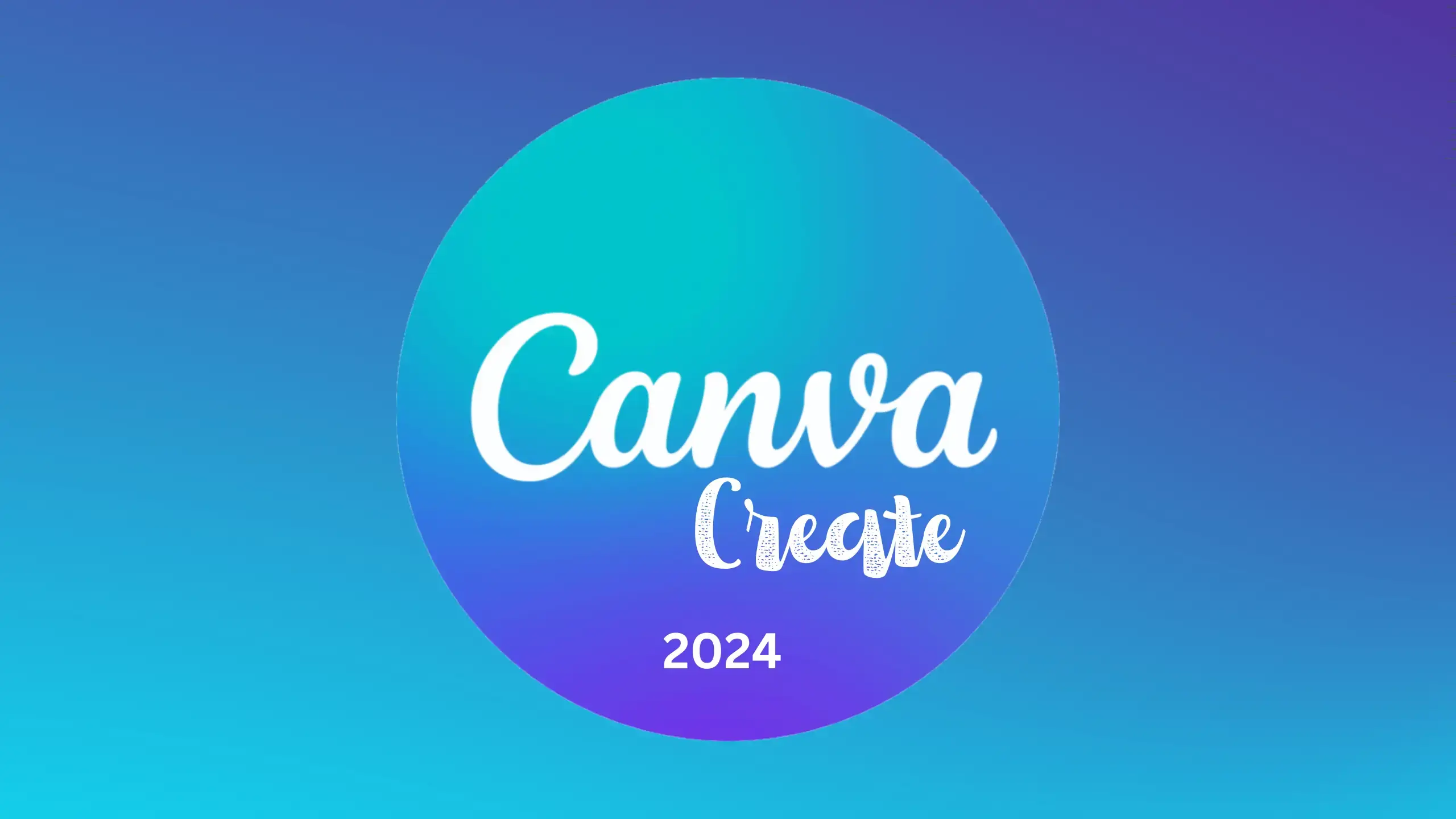SEO Tips to Boost Blog Performance: Image Optimization, FAQs & Linking
Steal These SEO Tips Before You Hit Publish
When it comes to content marketing, creating blog posts is just step one. To drive real results, you need to optimize each post for search engines and users alike. That’s where smart technical SEO tips make all the difference.
At Torro Media, we help brands turn blog content into long-term SEO assets. Below is a simple checklist of actionable technical SEO tips to help your blog rank higher, load faster, and convert better.

TL;DR: Quick SEO Tips for Every Blog Post
- Compress images before uploading
- Rename image files using keywords and hyphens
- Write clear, descriptive alt text
- Add a brief FAQ section
- Link internally to service pages or related blogs
- Use fresh visuals instead of duplicating assets
Slow Sites Suck—Shrink Your Images
One of the easiest SEO tips for improving blog performance? Compress your images. Large file sizes can slow down your site, hurting both rankings and user experience.
Tools we love:
- Image Compressor
- Photopea
- WP Smush (if you’re using Wordpress)
Keep file sizes under 200KB when possible, and use JPEG or WebP formats for best results.
Your Image File Names Are Killing SEO (Here’s How to Fix That)

Before uploading, rename images with short, clear file names. This helps search engines understand what the image is about—bonus points if you include a relevant keyword.
Good examples of file names:
- torro-media-website-design.jpg
- seo-dashboard-overview.jpg
- google-ads-monthly-report.jpg
Avoid generic names like image1.jpg or screenshot.png.
Stop Ignoring Alt Text (It’s Costing You Traffic)
Alt text helps both accessibility and SEO. It gives Google context for what your images represent and allows screen readers to describe them accurately.
Tips:
- Be descriptive and specific
- Include keywords naturally
- Skip phrases like “image of”
Examples:
- “Responsive website design for small business”
- “SEO performance report for ecommerce client”
- “Marketing team reviewing Google Ads campaign results”
Tools That Make Alt Text & SEO Easier
If you’re using WordPress, plugins like Alt Text AI can automatically generate keyword-relevant image alt text across your site—saving time and keeping your content accessible.
Pair that with Rank Math SEO, which helps you optimize every blog post for search with real-time suggestions for titles, meta descriptions, schema, and internal linking. Both plugins can streamline your workflow and help you stay consistent with SEO across your blog.
Google Loves FAQs—Give the People (and Bots) What They Want
One of the best SEO tips for blogs right now? Add an FAQ section. It helps capture voice search queries, boosts your chances of appearing in featured snippets, and aligns with Google’s Search Generative Experience (SGE).
Pull common questions from real clients, live chat logs, or Google Search Console data. You can also use tools like KeywordsPeopleUse.com.
Internal Links = Free SEO Fuel. Use Them.

Internal links improve SEO and keep users exploring your site. Each blog should include links to relevant service pages, previous blog posts, or case studies.
What to do:
- Add 2–4 links per post
- Use relevant, keyword-rich anchor text
- Don’t overdo it—keep it helpful and natural
We can also help identify the best pages to link to based on conversion goals and topical relevance.
Recycling the same image across multiple blog posts might seem harmless, but Google can interpret it as thin or repetitive content—which can hurt rankings. If you’re working within WordPress, plugins like LinkWhisper can make this a lighter lift.
Here’s how to keep your visuals fresh and SEO-friendly:
- Rotate images across posts: Avoid using the same header or feature image more than once.
- Create a shared “New Assets” folder: Make it easy for your team to drop in fresh, high-quality visuals for upcoming content.
- Tailor images to each topic: Use visuals that reflect the blog’s focus—whether it’s SEO strategy, web design, or Google Ads.
- Label and organize by service: Keep assets grouped by categories like "SEO," "Web Design," or "Paid Ads" to make future posts more efficient.
- Avoid stock photo overload: A few is fine, but rely more on custom graphics, screenshots, or branded photography where possible.
This helps your blog stand out while also supporting our local SEO and branded content strategies.
That’s the Playbook. Now Use It–Or Let Us Help You!
Blogging without optimization leaves a lot of opportunity on the table. These simple SEO tips can make a big impact when used consistently across your content.
Want to see how this fits into a bigger growth strategy? Explore our SEO services to see how we help businesses rank higher and convert more.
Ready to take the next step? Contact us for a free SEO assessment or request a quote to get started.
Frequently Asked Questions
What are the best tools to compress blog images?
We like using Image Compressor and Photopea for quick, high-quality compression. You can also use WP Smush if you're working in WordPress.
Why should I rename image files for SEO?
Google uses file names as a ranking signal. A descriptive, keyword-rich file name improves image search visibility.
How long should alt text be?
Aim for 1 short, specific sentence—ideally under 125 characters. Describe what’s happening in the image, naturally.
Do all blogs need an FAQ section?
Yes. FAQs improve visibility in featured snippets, voice search, and AI-generated search previews.
What’s a good number of internal links per blog?
Two to four links per post is a solid baseline. Prioritize quality over quantity.




